
The Eco Lodge would be a great place to stay.
coords: 31 24.274, -112 31.603
Search and find David's report.

Quote: Originally posted by PaulW  |
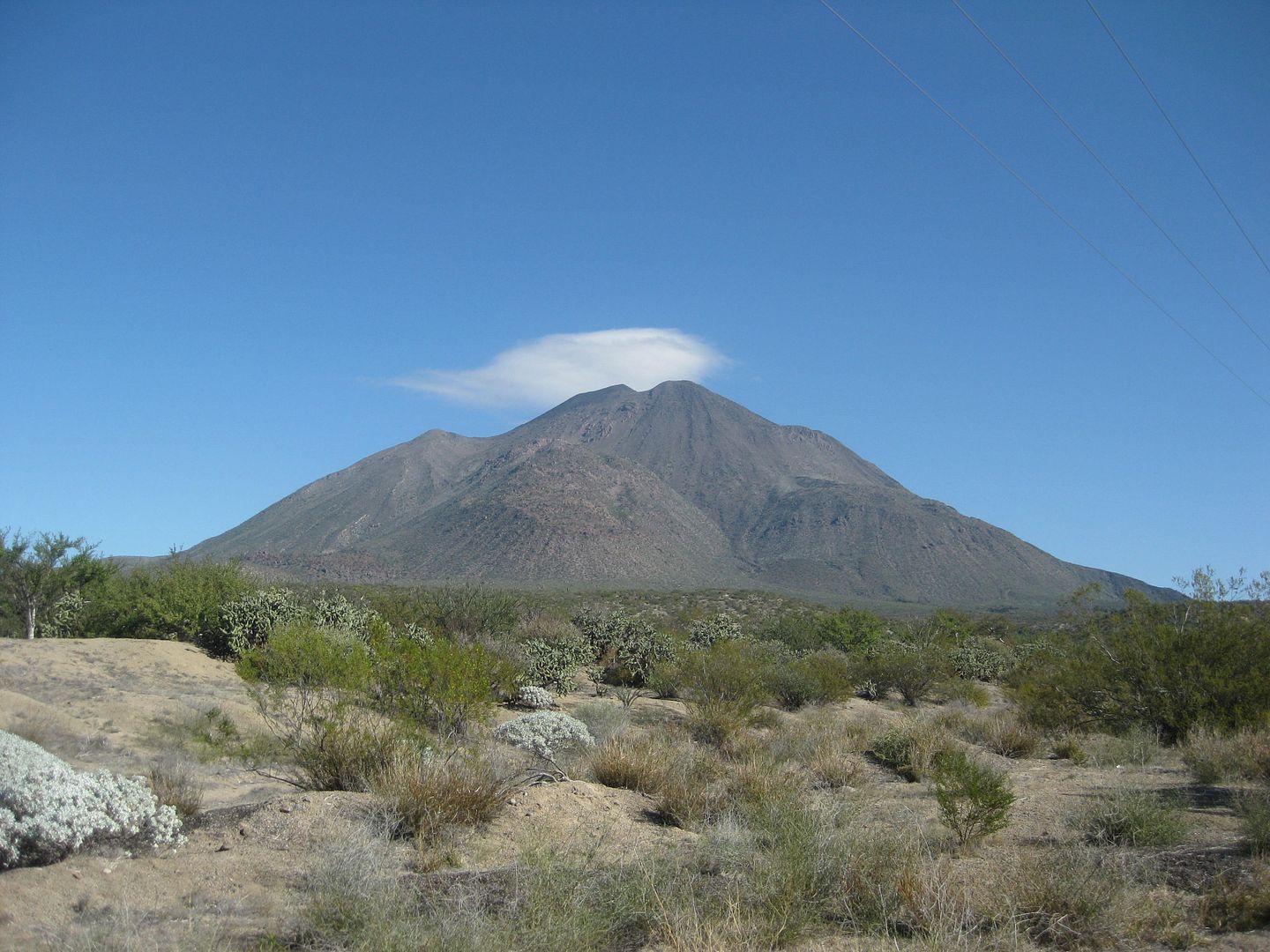
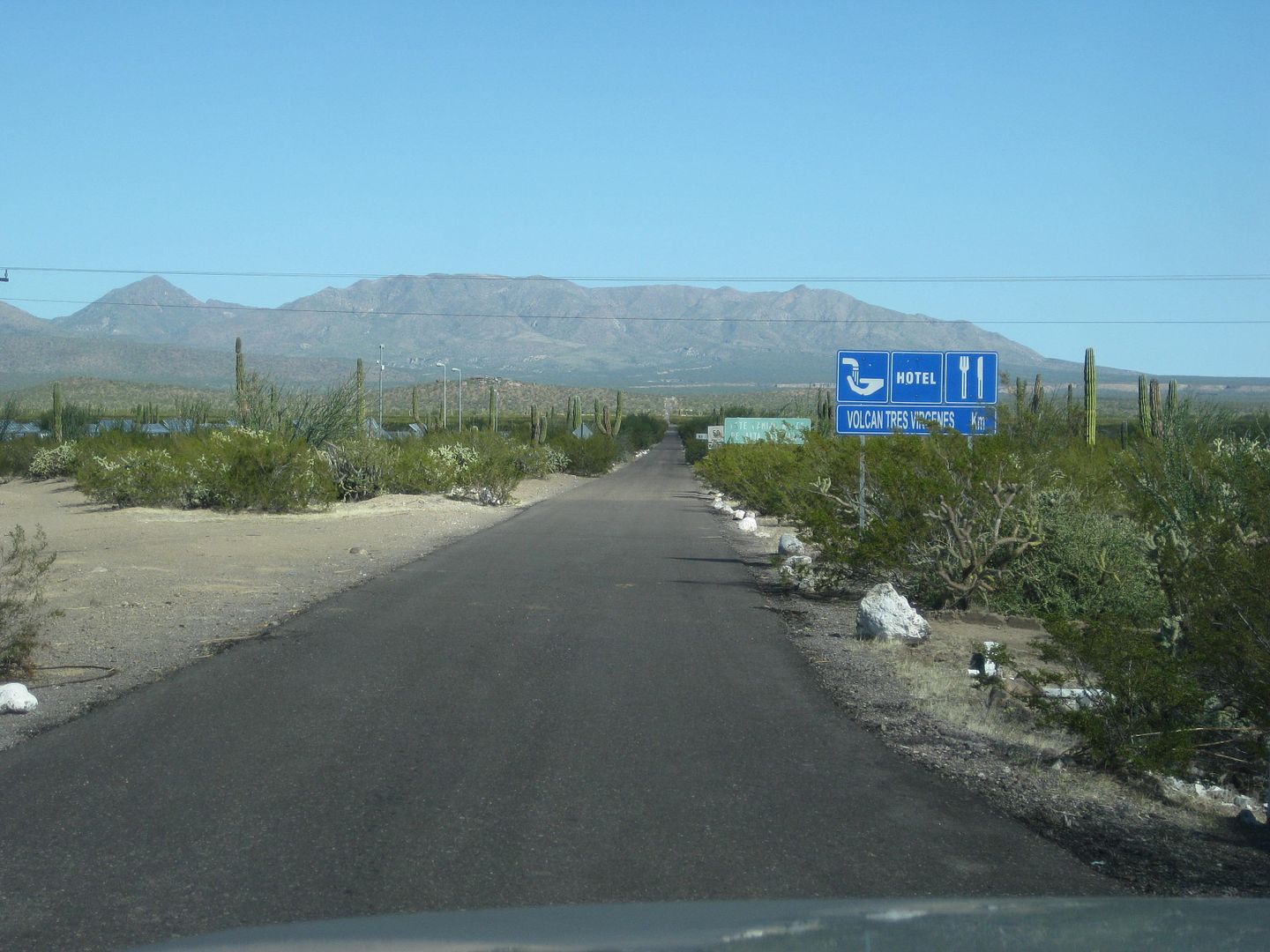
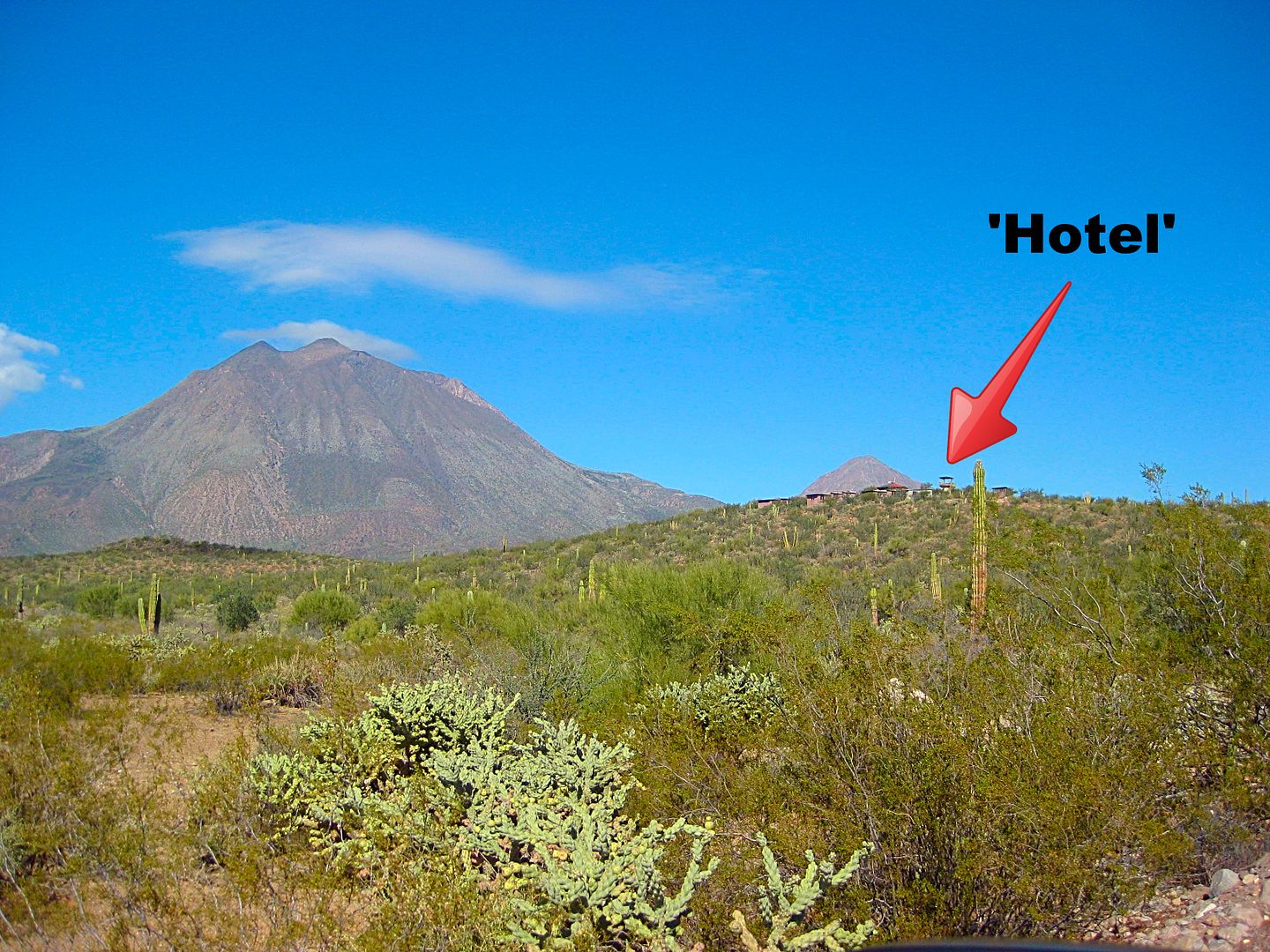
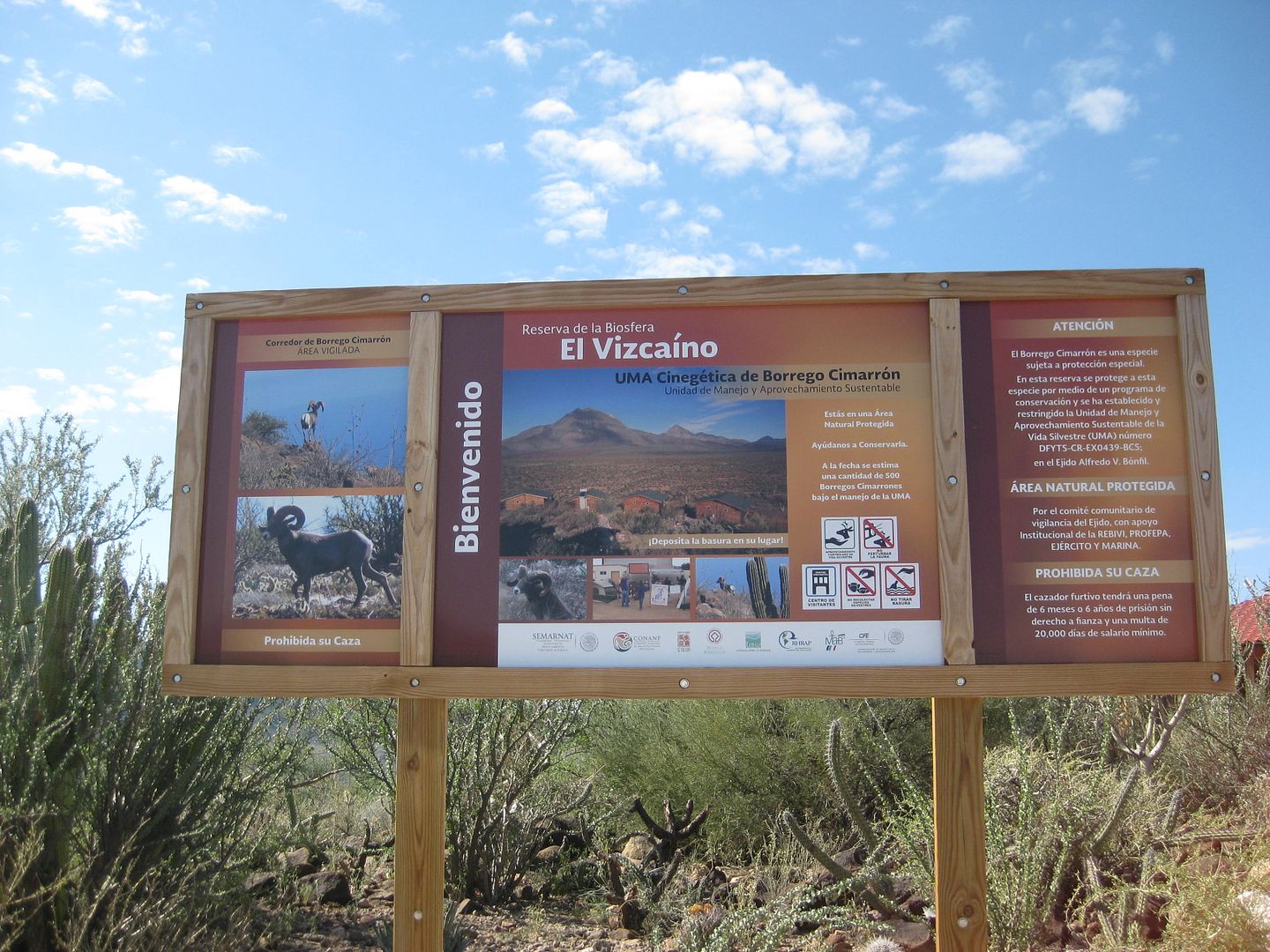

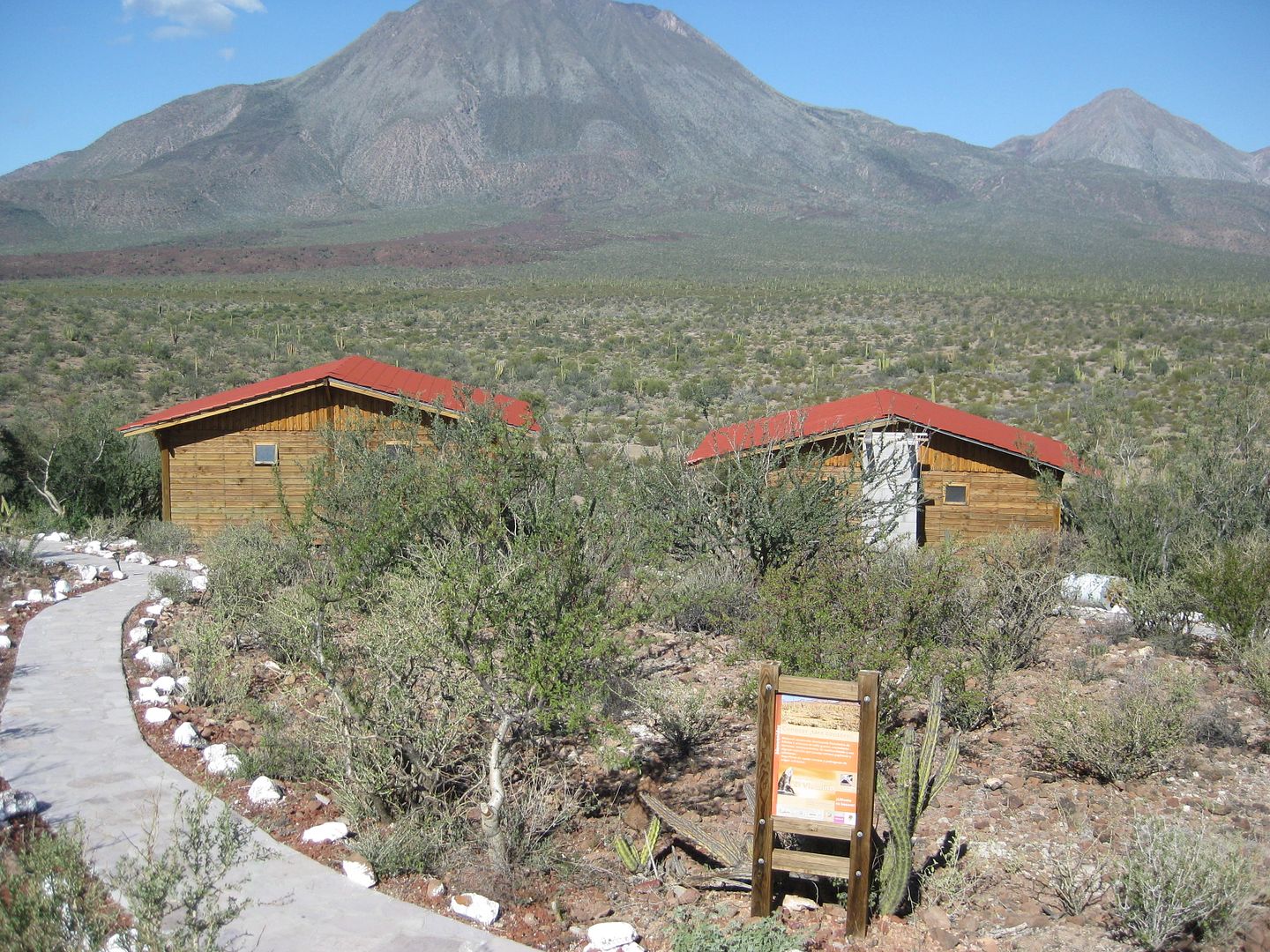
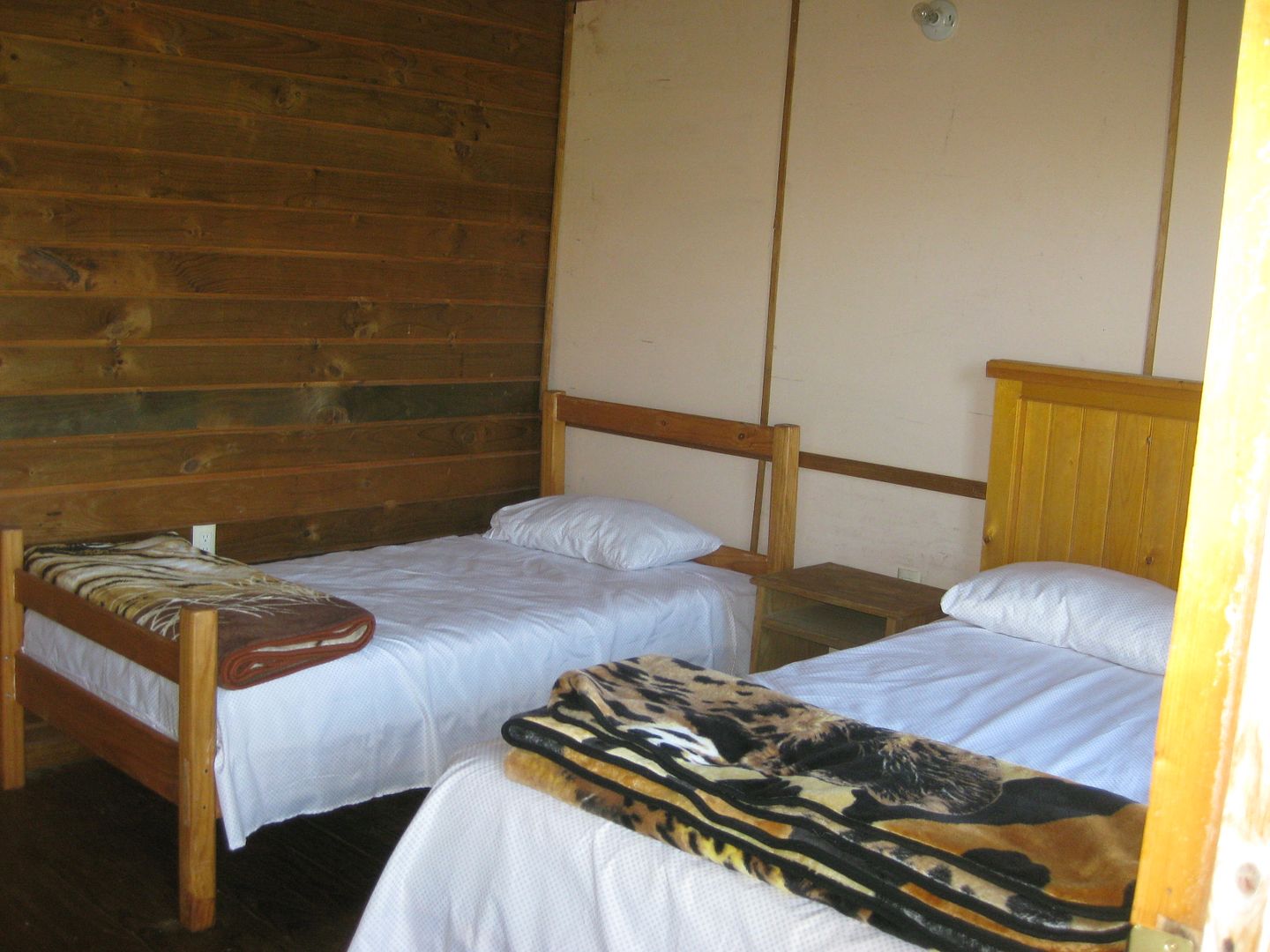
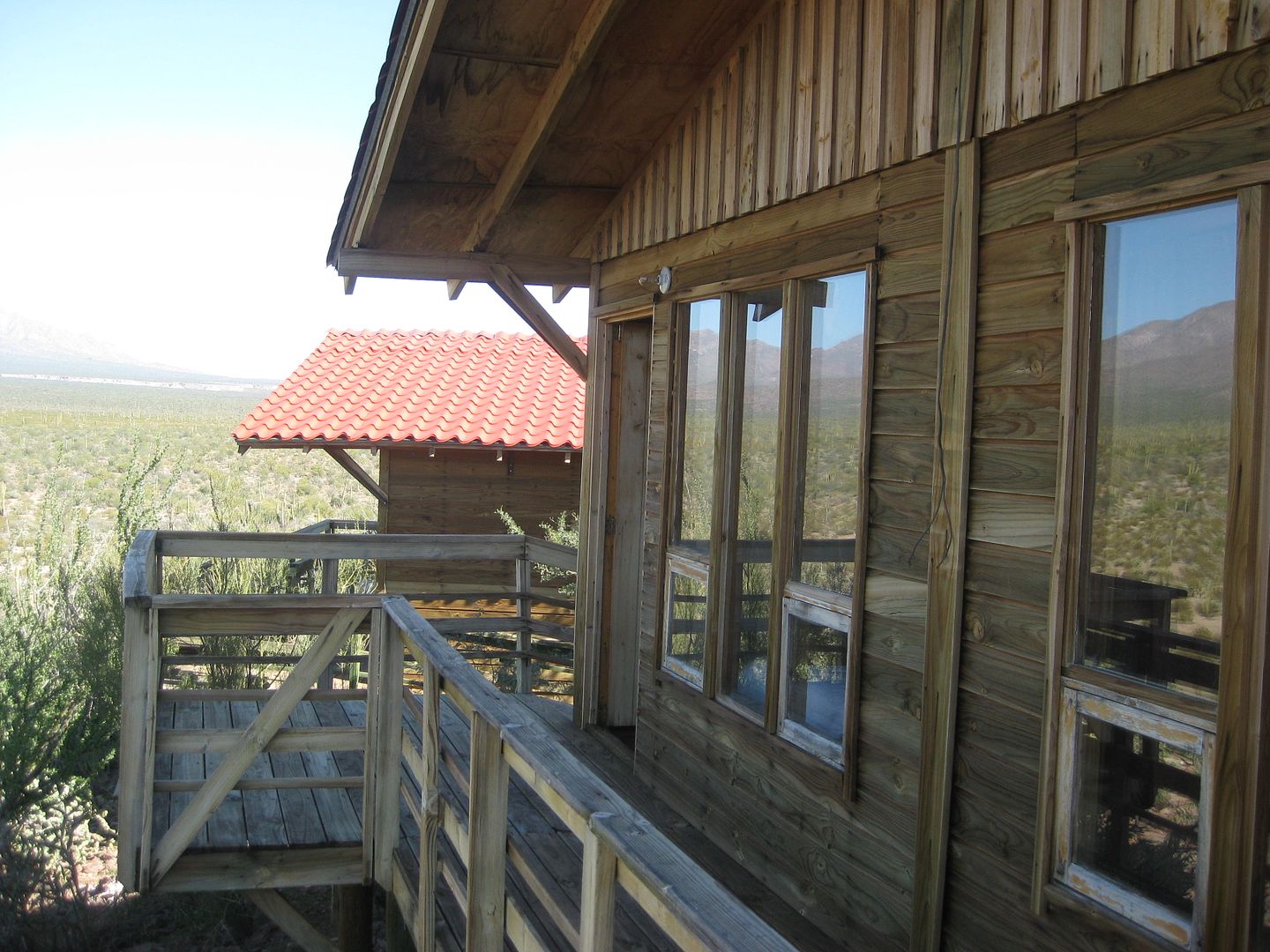

Quote: Originally posted by BajaBlanca  |
Quote: Originally posted by ehall  |
Quote: Originally posted by David K  |